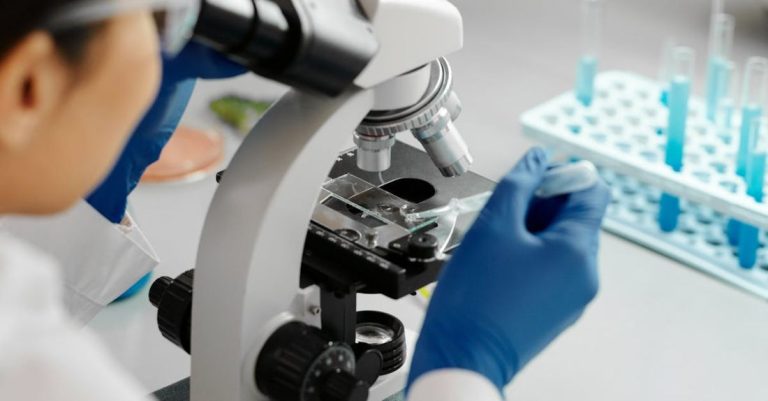
In today’s fast-paced laboratory environments, the use of automation systems has become increasingly prevalent to streamline processes, improve accuracy, and enhance overall efficiency. However, simply implementing lab automation systems is not enough to realize their full potential. Properly training staff on how to effectively utilize these systems is crucial to maximizing their benefits. This article will delve into key strategies on how to train staff for the efficient use of lab automation systems.
Understanding the Importance of Training
Training staff for lab automation systems is not just about teaching them how to operate the machines. It is about instilling a comprehensive understanding of the technology, its capabilities, and how it fits into the larger workflow of the laboratory. Without proper training, staff may struggle to adapt to the new systems, leading to inefficiencies, errors, and underutilization of the technology.
Creating a Structured Training Program
To ensure staff are well-equipped to leverage lab automation systems effectively, it is essential to develop a structured training program. This program should cover various aspects, including system operation, maintenance procedures, troubleshooting techniques, and data analysis. By providing a comprehensive training curriculum, staff can develop a holistic understanding of the technology and feel confident in using it in their daily tasks.
Hands-On Training Sessions
One of the most effective ways to train staff on lab automation systems is through hands-on training sessions. Instead of relying solely on theoretical instruction, hands-on sessions allow staff to interact directly with the machines, gaining practical experience and troubleshooting skills. These sessions should be led by experienced trainers who can provide real-time guidance and address any questions or concerns that may arise.
Encouraging Continuous Learning
Training staff for lab automation systems should not be a one-time event. To ensure ongoing proficiency, it is important to encourage continuous learning and skill development. This can be achieved through regular refresher courses, advanced training modules, and opportunities for staff to explore new features or functionalities of the systems. By fostering a culture of continuous learning, staff can stay abreast of the latest advancements in lab automation technology and optimize their use of the systems.
Emphasizing Safety Protocols
When training staff on lab automation systems, safety should always be a top priority. Staff should be educated on proper safety protocols, including equipment handling procedures, emergency shutdown protocols, and personal protective equipment requirements. By instilling a strong culture of safety in training programs, staff can mitigate risks and ensure a secure working environment for all employees.
Promoting Collaboration and Communication
Effective utilization of lab automation systems often requires collaboration and communication among team members. Training programs should emphasize the importance of teamwork, clear communication channels, and cross-functional collaboration. By fostering a collaborative environment, staff can leverage each other’s strengths, share best practices, and collectively optimize the use of lab automation systems.
Implementing Performance Metrics
To gauge the effectiveness of staff training and the efficient use of lab automation systems, it is essential to implement performance metrics. These metrics can include key performance indicators (KPIs) related to system uptime, error rates, throughput, and overall efficiency. By tracking these metrics, management can identify areas for improvement, provide targeted training interventions, and drive continuous optimization of system utilization.
Incorporating User Feedback
Lastly, incorporating user feedback into the training process is crucial for refining training programs and enhancing the user experience with lab automation systems. Staff should be encouraged to provide feedback on their training experiences, system usability, and suggestions for improvement. By actively listening to user feedback and implementing changes based on their input, organizations can tailor training programs to better meet the needs and preferences of staff.
In conclusion, training staff for the efficient use of lab automation systems is essential for maximizing the benefits of this technology. By developing a structured training program, providing hands-on sessions, encouraging continuous learning, emphasizing safety protocols, promoting collaboration, implementing performance metrics, and incorporating user feedback, organizations can empower their staff to leverage lab automation systems effectively and drive operational excellence in the laboratory.





